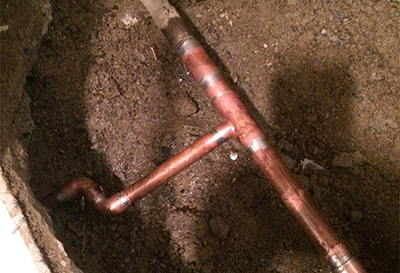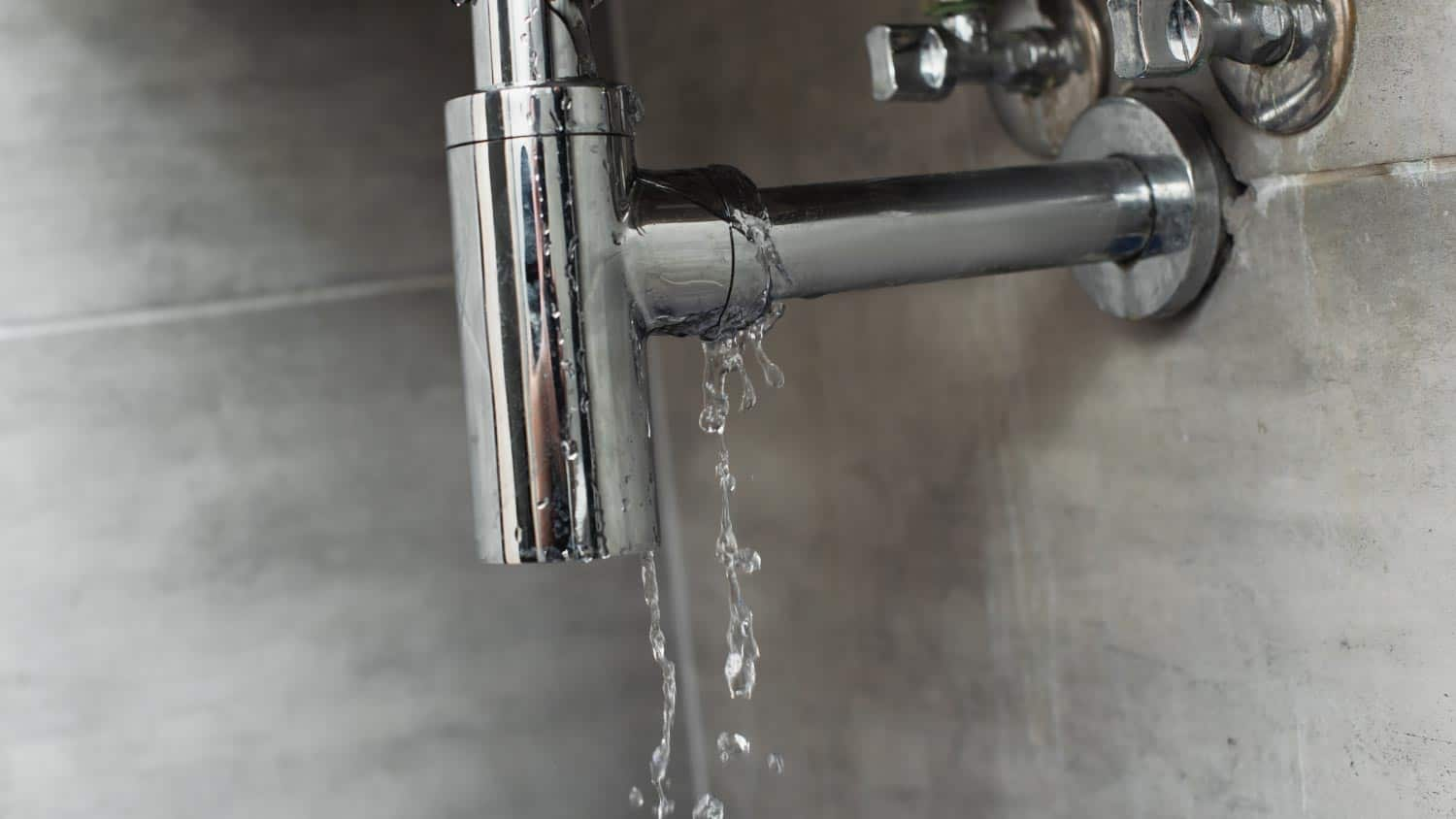6 Ways to Locate Concealed Water Leakages in Your Home
6 Ways to Locate Concealed Water Leakages in Your Home
Blog Article
We have come across the article pertaining to Finding hidden leaks directly below on the net and concluded it made perfect sense to discuss it with you over here.

Early discovery of dripping water lines can minimize a potential disaster. Some small water leaks might not be noticeable.
1. Analyze the Water Meter
Every residence has a water meter. Examining it is a surefire way that helps you discover leaks. For starters, shut off all the water sources. Make sure no person will certainly purge, utilize the faucet, shower, run the washing device or dishwashing machine. From there, go to the meter as well as watch if it will alter. Considering that nobody is using it, there must be no motions. That shows a fast-moving leakage if it moves. If you detect no changes, wait a hr or 2 and also examine back once again. This indicates you may have a sluggish leak that can also be underground.
2. Examine Water Usage
If you find abrupt changes, regardless of your usage being the very same, it implies that you have leakages in your plumbing system. An unexpected spike in your costs suggests a fast-moving leakage.
On the other hand, a steady boost every month, despite the exact same behaviors, reveals you have a sluggish leakage that's also slowly intensifying. Call a plumber to extensively check your property, particularly if you really feel a cozy area on your floor with piping below.
3. Do a Food Coloring Examination
When it comes to water consumption, 30% comes from toilets. If the color in some way infiltrates your dish throughout that time without flushing, there's a leakage in between the tank and bowl.
4. Asses Exterior Lines
Don't forget to examine your exterior water lines as well. Ought to water seep out of the link, you have a loose rubber gasket. One little leakage can squander lots of water and increase your water expense.
5. Examine and Assess the Scenario
Property owners should make it a behavior to inspect under the sink counters and also inside cupboards for any bad odor or mold and mildew growth. These 2 red flags show a leak so timely attention is called for. Doing routine examinations, even bi-annually, can conserve you from a major trouble.
A lot more importantly, if you understand your house is currently old, maintain a watchful eye on your heaters, hose pipes, pipelines etc. Check for stainings and damaging as the majority of home appliances and also pipes have a life expectancy. They will certainly also naturally wear away due to wear and tear. If you believe leaking water lines in your plumbing system, do not await it to escalate. Call a professional plumber today so you don't end up with a horrible mess in your house.
Early discovery of dripping water lines can reduce a possible calamity. Some tiny water leaks may not be noticeable. Inspecting it is a proven means that helps you find leaks. One small leakage can lose bunches of water and spike your water bill.
If you think leaking water lines in your plumbing system, don't wait for it to intensify.
WARNING SIGNS OF WATER LEAKAGE BEHIND THE WALL
PERSISTENT MUSTY ODORS
As water slowly drips from a leaky pipe inside the wall, flooring and sheetrock stay damp and develop an odor similar to wet cardboard. It generates a musty smell that can help you find hidden leaks.
MOLD IN UNUSUAL AREAS
Mold usually grows in wet areas like kitchens, baths and laundry rooms. If you spot the stuff on walls or baseboards in other rooms of the house, it’s a good indicator of undetected water leaks.
STAINS THAT GROW
When mold thrives around a leaky pipe, it sometimes takes hold on the inside surface of the affected wall. A growing stain on otherwise clean sheetrock is often your sign of a hidden plumbing problem.
PEELING OR BUBBLING WALLPAPER / PAINT
This clue is easy to miss in rooms that don’t get much use. When you see wallpaper separating along seams or paint bubbling or flaking off the wall, blame sheetrock that stays wet because of an undetected leak.
BUCKLED CEILINGS AND STAINED FLOORS
If ceilings or floors in bathrooms, kitchens or laundry areas develop structural problems, don’t rule out constant damp inside the walls. Wet sheetrock can affect adjacent framing, flooring and ceilings.
https://www.servicemasterbyzaba.com/blog/how-to-detect-water-leakage-in-walls/

We had been shown that report about Locating water leaks through a good friend on another website. So long as you liked our blog posting if you please do not forget to pass it around. I cherish reading our article about Leaking water lines.
Report this page